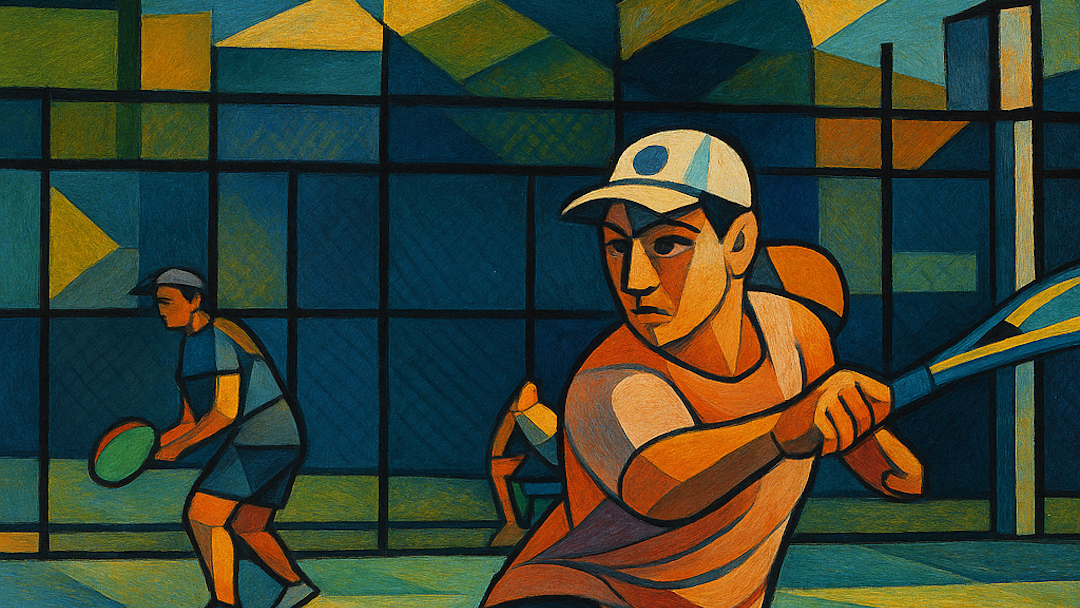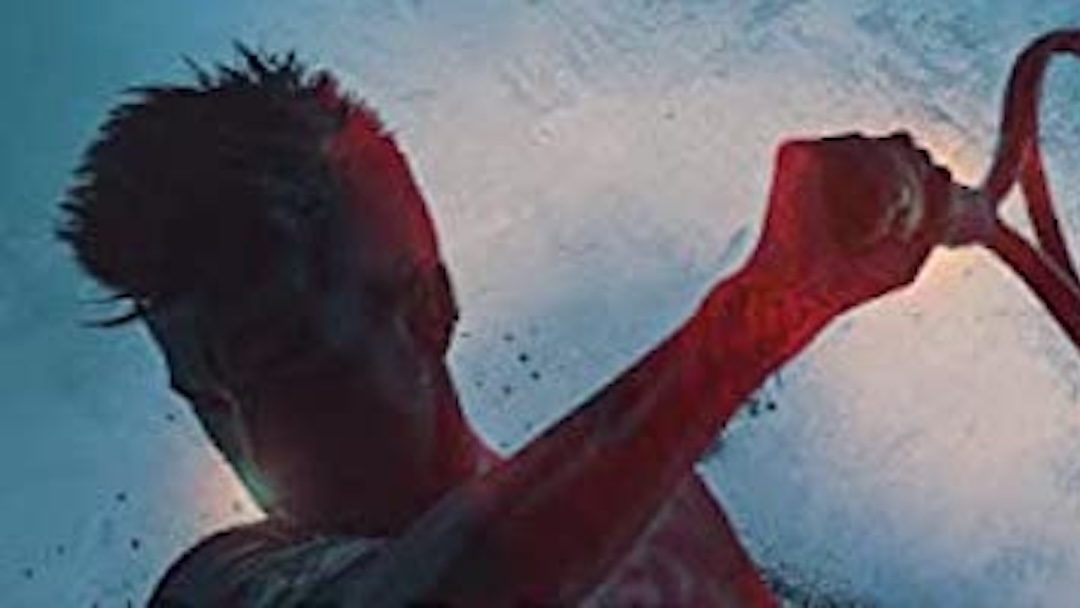In 1990, John Feinstein spent the year traveling with the professional tennis tours. Hard Courts: Real Life on the Professional Tennis Tours peels back the facade of the on-court triumphs and tragedies, to reveal a dark and intricate underbelly of the sport. Feinstein is a gifted storyteller whose narrative reads like a thrilling novel in many places. The tangled web of corruption and intrigue pervading the world of tennis during that point in time left me both captivated and appalled.
Last week I reviewed “Short Circuit” by Michael Mewshaw after the novelist followed the men’s professional tennis tour for six months in 1982. His portrait of that turbulent time also focused on some of the unseemly aspects of the sport, including match-fixing, drug use, and financial conflicts of interest. Mewshaw also described how he was denied press credentials and was shunned by tennis leadership, who were concerned about the direction of the conversations he was having with players and officials.
Hard Courts does not shy away from controversial topics, either. Feinstein describes the complicated and incestuous nature of politics, sponsorship, and media coverage of the sport. He reveals detailed examples of how orchestrated collusion between the tennis power brokers enhanced or denied opportunities to players. Reading the two books in close succession reveals that many aspects of the business of tennis did not change much in the intervening years between when they were written.
However, one thing that had changed was a new ATP “Best of 14” ranking system that forced the men to play more tournaments to protect their ranking. Another significant change between 1982 and 1990 is that appearance fees paid to star players for participating in a tournament had become legalized. That enabled Feinstein to explore the impact of that practice with more open and transparent data.
Hard Courts describes how the Women’s International Tennis Association (WITA) used 28-player draws as an alternative solution to appearance fees. The byes to the top four seeds enabled tournaments to guarantee those players that they would not have a scheduled match until mid-week. Chris Everett and Martina Navratilova frequently played lucrative exhibitions against each other in other cities before they were required to be onsite at the tournament.
In addition to the insider perspectives on the business of tennis, Feinstein crafts masterful portraits of some of the players and key figures in the sport. I appreciate the depth of character he brought to many of the people described in his book. For some of the prominent players of the time, his observations provide nuanced alternative perspectives that are useful counterbalances to official biographies.
Additionally, this book invests a lot of space on players that never rose to enough prominence to warrant an independent biography, yet were fleetingly important during Feinstein’s time with the tour. Similarly, he caught the wave of the rise of Jennifer Capriati before her personal challenges clouded perceptions of the early years of her tennis career. Those insights are golden.
These “year in the life” accounts of the professional tennis tour provide a valuable third-party history of tennis. Independent perspectives are important, untainted by politics or the pervasive media coaching teams that Feinstein also describes in great detail. The focus on a single year provides a microcosm of the sport’s evolution and its players’ journeys. It captures the essence of the era and the state of the game. Tennis needs more books in this genre.
Hard Courts is a must-read for tennis enthusiasts and anyone interested in the intersection of sports and the appearance of conflict of interest and corruption. It is an eye-opening and thought-provoking account of life on the professional tours that challenges any preconceived notions that tennis was an ethical sport during that era. It is an essential addition to any sports lover’s bookshelf.
Fiend At Court participates in the Amazon associates program and receives a paid commission on any purchases made via the links in this article. Details on the disposition of proceeds are available on the “About Fiend at Court” page.



